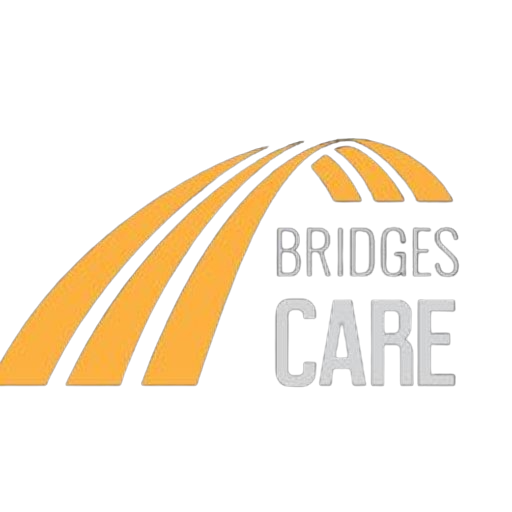As crucial contributors to enhancing the lives of NDIS participants, providers often face the challenge of delayed payments. The frustration of waiting for days or even weeks can be overwhelming, especially when coupled with the administrative burden of tracking and following up on outstanding payments. This article presents updated strategies to expedite the invoicing process, ensuring prompt payments.
Understanding the NDIS Invoicing Process
To facilitate timely payments, it’s essential to comprehend the NDIS invoicing process thoroughly. While it may seem intricate, the general steps involve:
1. Providing Services According to NDIS Plans
Providers deliver services to NDIS participants based on their plans.
2. Recording Services and Creating Invoices
Record the services provided in a timesheet or service agreement and then submit a detailed invoice to the participant’s Plan Manager.
3. Plan Manager Approval and NDIS Payment
After approval by the Plan Manager, the invoice is forwarded to the NDIS for processing. Once processed, funds are transferred to the Plan Manager, who then disburses payment to the provider.
Crafting Accurate Invoices for Timely Payments
Ensuring accurate invoicing is pivotal for prompt payments. Include the following details in every invoice:
- General Details:
- Business name and logo
- Australian Business Number (ABN)
- Phone number
- Email address
- Contact person’s name
- Invoice date
- Unique invoice number
- Payment Information:
- BSB and account number
- Account name
- Email address for remittance advice
- NDIS Information:
- Client name and NDIS number
- Description of the service provided
- NDIS service code
- Pricing arrangements
- Dates services were delivered
- Units of hours of service
- Unit price per service
- Line totals
- Grand total of all services included on the invoice
Investing a bit more time in crafting precise invoices expedites the payment process, often resulting in payment within a few business days without the need for further details or amendments.
Additional Tips for Efficient Invoicing
To further enhance efficiency and avoid payment delays, consider the following tips:
- File Format Matters:
- Send your invoices in PDF format.
- Email Etiquette:
- Send invoices as attachments to emails directly, not as content in the body of an email.
- Use separate emails for each invoice.
- GST Clarification:
- Remember that GST is not payable on most supports under the NDIS.
- Date Precision:
- Ensure correct service dates to prevent rejection of invoices by the NDIA.
- Price Limit Awareness:
- Familiarize yourself with NDIS price limits to avoid processing invoices exceeding the maximum limit.
- Invoice Number Protocol:
- Use a unique invoice number for each invoice, except in the case of amendments.
- Amendment Protocol:
- If amending, send a new invoice instead of appending multiple line items to an existing one.
- Line Item Accuracy:
- Verify the accuracy of line item totals and the overall invoice total.
- Detailed Descriptions:
- Provide detailed descriptions, especially when services involve multiple individuals.
- Plan Manager Collaboration:
- Collaborate with a Plan Manager like All Disability Plan Management for streamlined invoicing, faster payments, and reduced administrative workload.
By incorporating these practices, providers can optimize their invoicing processes, ensuring timely payments and adherence to NDIS guidelines. For more insights, feel free to contact us.

